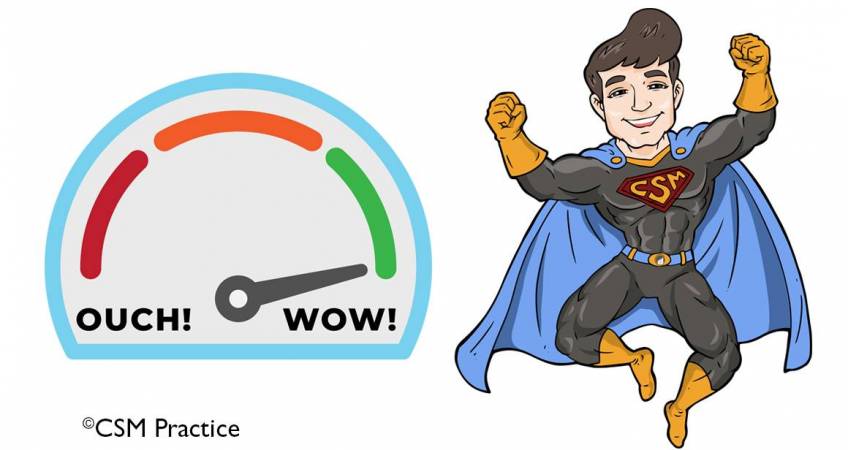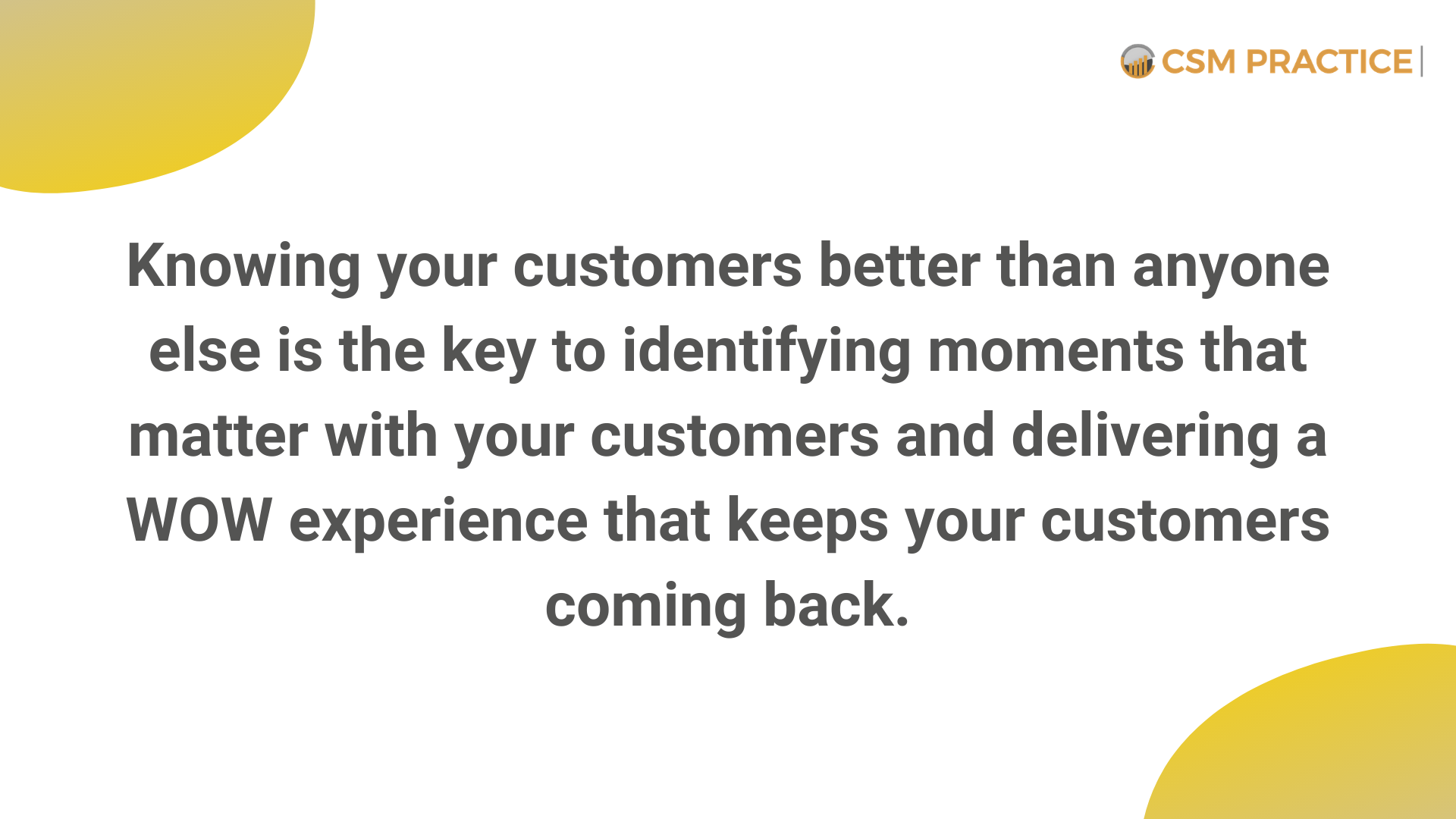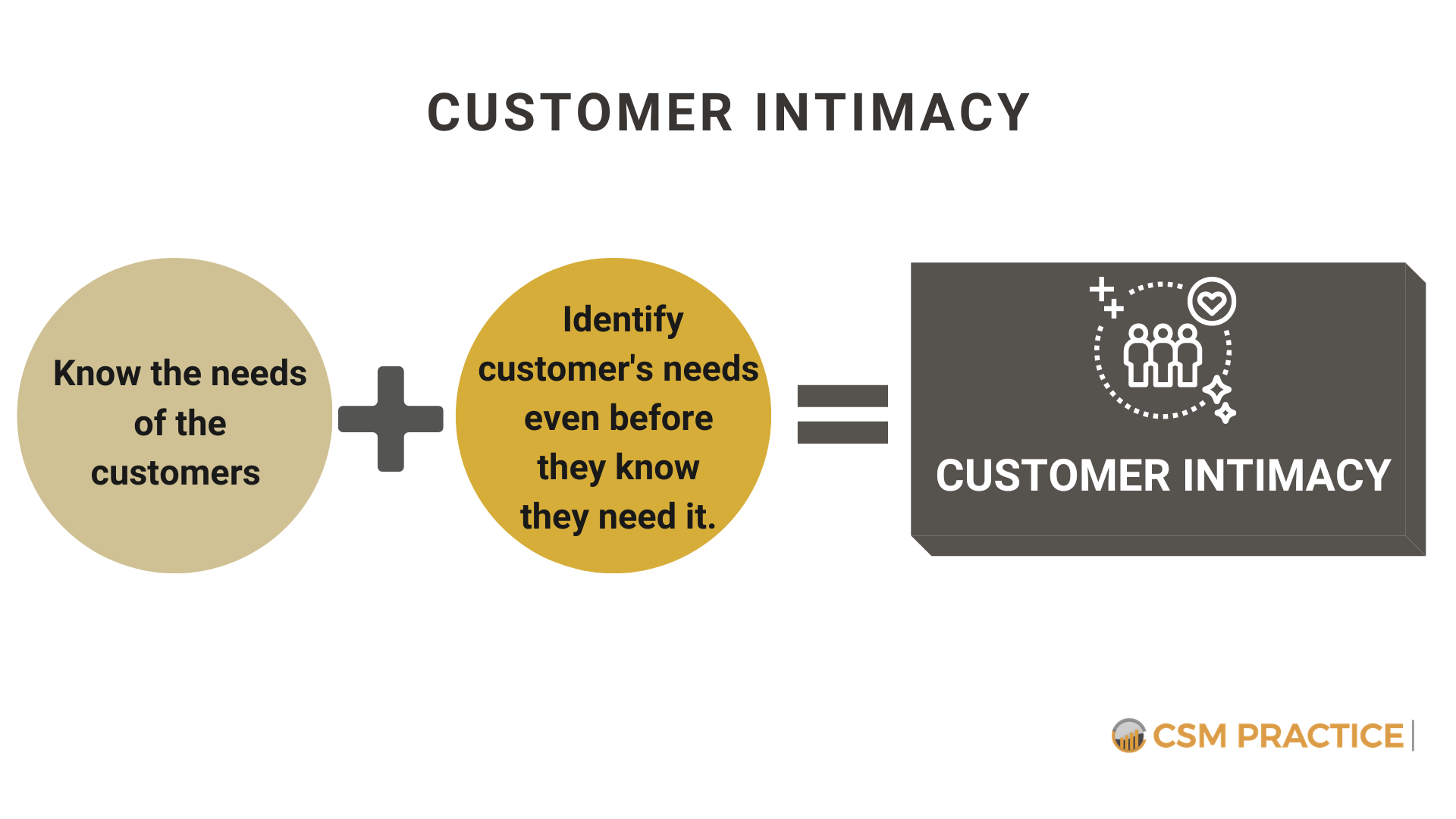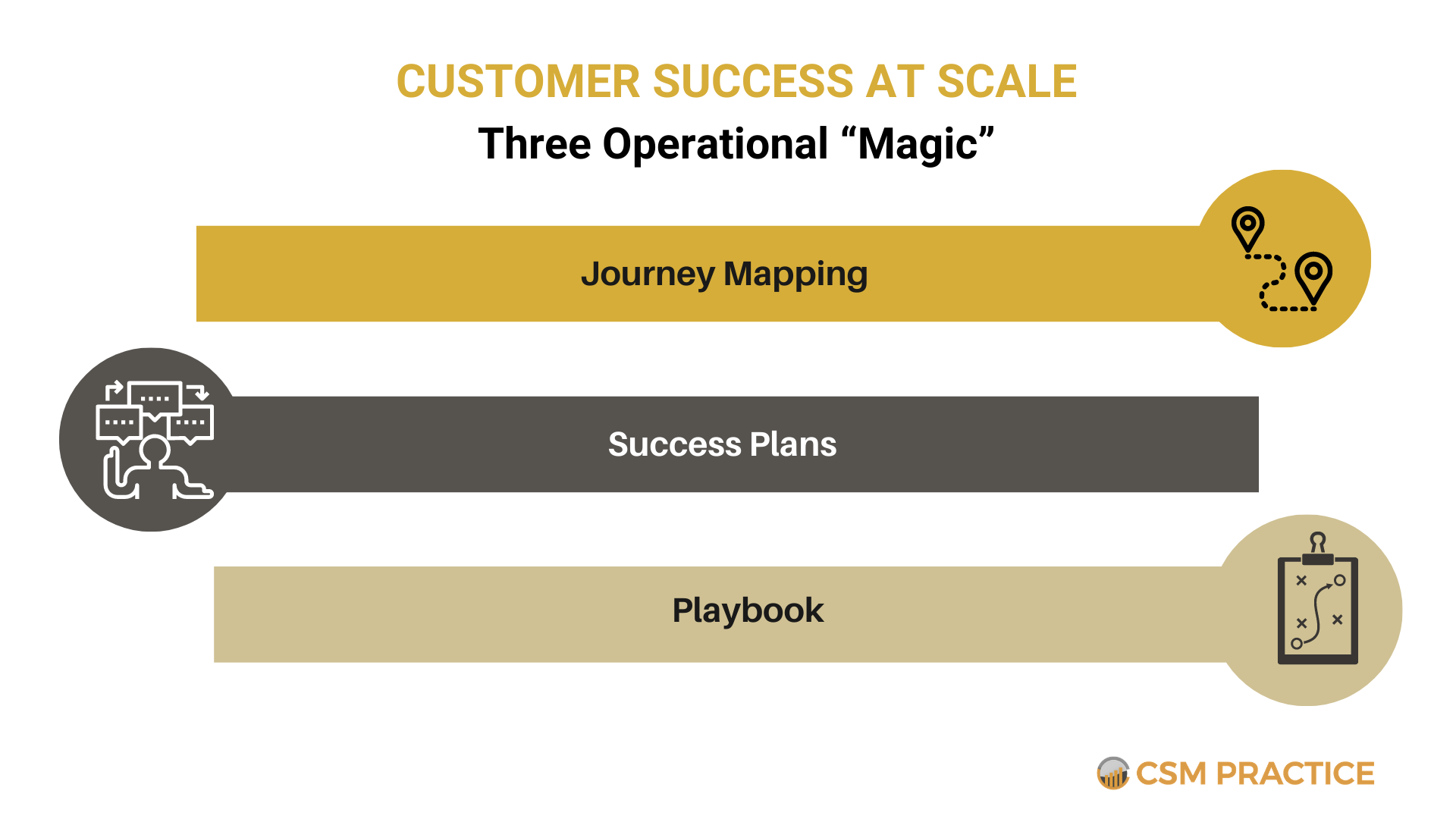Knowing your customers better than anyone else is the key to identifying moments that matter with your customers and delivering a WOW customer experience that keeps your customers coming back. In this Chat & Learn episode, we featured the customer success team of Glint. Glint is a People Success Platform that leverages real-time people data to help global organizations increase employee engagement, develop their people, and improve business results. In this fireside chat, they discussed their approach in executing their vision and the internal and external impact of their strategies.
Mary Poppen, Glint’s Chief Customer Officer, leads their team, responsible for driving and scaling the company’s ability to delight its customers. Glint’s Customer Success Team brings extensive experience and a successful track record of implementing employee engagement programs at many of the world’s leading enterprises.
Achieving the ultimate customer experience while scaling your customer success team is becoming the main focus for many customer success leaders.
The following are the key questions Glint addressed during the Scalable Model’s implementation to deliver the WOW Experience to its customers.
1. How does Glint define customer intimacy?
Glint’s primary goal is to build customer intimacy with customers. For Glint, Customer intimacy means:
- Knowing the needs of the customers
- Identifying the needs of the customers even before they know they need it.
This links to Glint’s mission, which is to deliver “WOW” experience to the customers.
2. How many customers does Glint need to address?
After getting 500 customers, the Glint team recognized that it couldn’t continue to build its team with the same ratio using the white-glove treatment. Glint established a sequence of events to get the scale (people, processes, and systems). Journey mapping is very critical in understanding the touchpoints and critical milestones with customers.
3. What are the keys to implementing this scalable model?
- Understanding the journey that customers go through
- Identifying what’s vital for them at each phase
- Delivering value through different means
4. How does the scalable model work?
Glint focuses on three operational “magic”:
- Journey Mapping – Understanding the customer journey and identifying these critical moments of truth or “aha” moments is vital at the start. This creates the customer intimacy story and relationship from initial engagement.
- Success Plans – Establishing internal and customer-facing CSM processes by creating Success Plans with objectives and calls to action.
- Playbooks – Standardizing best practices across the entire CS Organization.
5. How did Glint address the change management for the successful adoption of the new non-CSM managed model?
In the early stage, the participation of internal stakeholders and executives is essential to ensure organizational alignment in establishing an overall vision and messaging of the non-CSM managed model. They’ve changed the communication externally from a one-to-one to a pooled model.
6. How did Glint manage to get customer feedback?
Glint implemented a closed-loop feedback approach. Sending surveys, having live touchpoints, and check-ins to see the customer experience.
7. How did Glint gauge the customer health score for a low-touch approach?
Glint executed an automated health score calculation. Proactively monitoring the customer’s health is needed. They used Gainsight as a solution to solve the scorecard; data is displayed on a dashboard and provides a centralized view into customer usage and adoption.
8. How did Glint follow up on these scores?
Ensuring a solid representation across roles within the pooled delivery is critical. A manager oversees a dashboard that can determine when to engage proactively. If there’s a risk in health score, the customer success manager will:
- Sit with the net pooled delivery model
- Proactively reach out to the customer
- Start an engagement around their needs and expectations.
9. What is the CSM ratio of Glint for this non-CSM managed model?
Glint has made multiple iterations. They planned to have one-to-many portfolios to make sure they have enough coverage. Currently, 50 to 1 is the ratio, and in the next six months is a 500 to 1 ratio.
10. How many team members did Glint need to get the strategy executed and developed?
In creating or revamping a process, always make it a cross-functional effort. Customer empowerment can build a customer community. Change management is essential, creating a process that will resonate externally and has many voices for that design, and the whole company bought into the business value it will bring.
11. Where should companies start when they’re thinking of a scalable model?
The foundation starts at the journey mapping and identifying where you can replace live interaction with one-to-many interactions like webinars and communications. Next is a health score where you can send a quick survey or have a CSM touch base. Once you can add actual adoption or engagement with a product, you can view customer health based on actual behavior and activity rather than sentiment.
How can CSM Practice Help!
At CSM Practice, we can help you analyze your customer success situation and take your unique business model into consideration with optimized, scalable processes. CSM Practice offers Customer Success Process Assessment and Development to help you attain well-defined customer success processes and policies to help your company scale while providing a consistent experience to your customers.
CSM Practice specializes in the technology and services industry that offers a portfolio of enterprise solutions to achieve successful and scalable results. CSM Practice delivers a customer-centered approach that helps you develop a winning plan for your client’s success.
Take it to the next level! Ask CSM Practice about the services we provide and learn how we can help you transform your organization into success.





